Kelowna's Preferred Plumbers!
2024 Nominations Are Open
Vision Plumbing Heating Cooling is proud to be a consistent winner of the “best plumber in Kelowna” and the “best heating, ventilation, and air conditioning (HVAC) in Kelowna” over the last few years. If you appreciate our hard work, please show your support and nominate us for 2024!

Best Plumber in Kelowna

Best Plumber in Kelowna

Best Plumber in Kelowna

Best Plumber in Kelowna

The Best Heating, Ventilation, and Air Conditioning (HVAC) in Kelowna

The Best Heating, Ventilation, and Air Conditioning (HVAC) in Kelowna






































